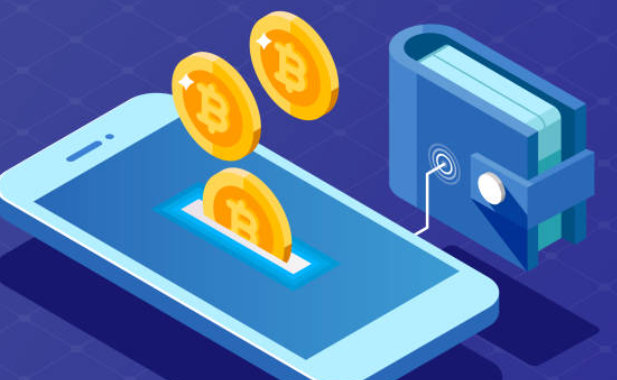
Lightning Network Explained: The Future of Instant Bitcoin payments
Bitcoin, as the pioneer of cryptocurrencies, has revolutionized the financial landscape by offering decentralized and borderless transactions. However, its scalability limitations have hindered its ability to handle a high volume of transactions quickly and efficiently. Enter the Lightning Network, a game-changing solution that aims to revolutionize Bitcoin payments by enabling instant transactions. In this article, we will explore the Lightning Network and its potential as the future of instant Bitcoin payments.
What is the Lightning Network?
The Lightning Network is a second-layer protocol built on top of the Bitcoin blockchain. It leverages smart contracts to create a network of payment channels that enable off-chain transactions. These channels allow users to conduct an unlimited number of transactions without every single transaction being recorded on the main Bitcoin blockchain. Instead, the final settlement is recorded, reducing congestion and significantly improving scalability.
How Does the Lightning Network Work?
The Lightning Network operates by establishing payment channels between participants. These channels are like virtual tunnels where users can send and receive funds instantly. Transactions are conducted off-chain, meaning they are not immediately recorded on the blockchain, reducing transaction costs and processing times.
Participants can open a payment channel by creating a multi-signature transaction on the Bitcoin blockchain. Once the channel is open, they can exchange funds back and forth as often as they like, with each transaction being validated and signed by both parties. The final state of the channel is then recorded on the blockchain when it is closed.
Benefits of the Lightning Network:
Instant Payments: Lightning Network enables near-instantaneous transactions, making it ideal for day-to-day purchases and microtransactions. Users can transfer funds within seconds, rivalling traditional payment methods like credit cards.
Scalability: By moving the majority of transactions off-chain, the Lightning Network improves Bitcoin’s scalability. It can handle a high volume of transactions simultaneously, reducing congestion on the main blockchain.
Lower Fees: Lightning Network significantly reduces transaction fees compared to on-chain Bitcoin transactions. The elimination of third-party intermediaries and the ability to settle multiple transactions with a single on-chain transaction translate into cost savings for users.
Micropayments and Microtransactions: Lightning Network opens up new possibilities for micropayments and microtransactions that were previously impractical on the Bitcoin blockchain. Users can pay small amounts for services or content without worrying about high fees.
Enhanced Privacy: Lightning Network transactions occur off-chain and are not publicly visible on the blockchain, offering increased privacy and confidentiality.
Conclusion:
The Lightning Network holds great promise for the future of Bitcoin payments. With its ability to enable instant, low-cost transactions while addressing scalability concerns, it has the potential to revolutionize the adoption and usability of Bitcoin as a mainstream payment method. As the Lightning Network continues to evolve and gain wider adoption, it paves the way for a more efficient and accessible global payment network built on the foundation of Bitcoin’s decentralized technology.



